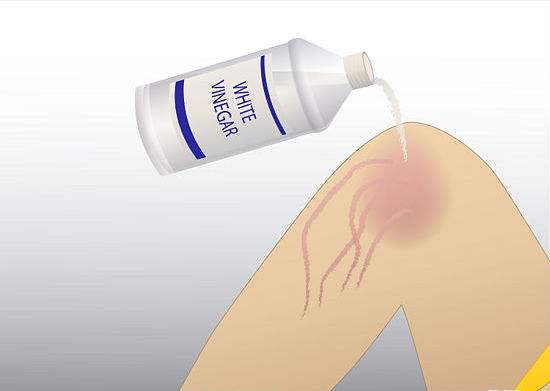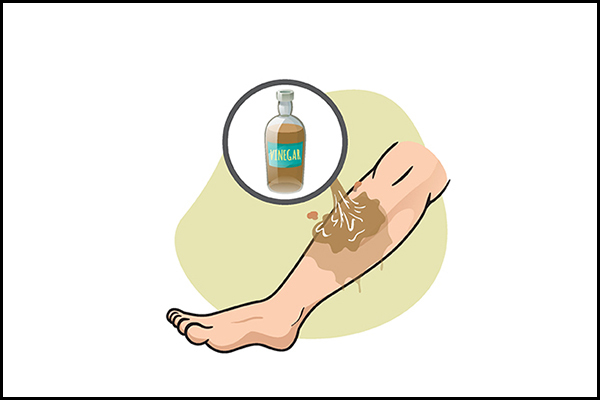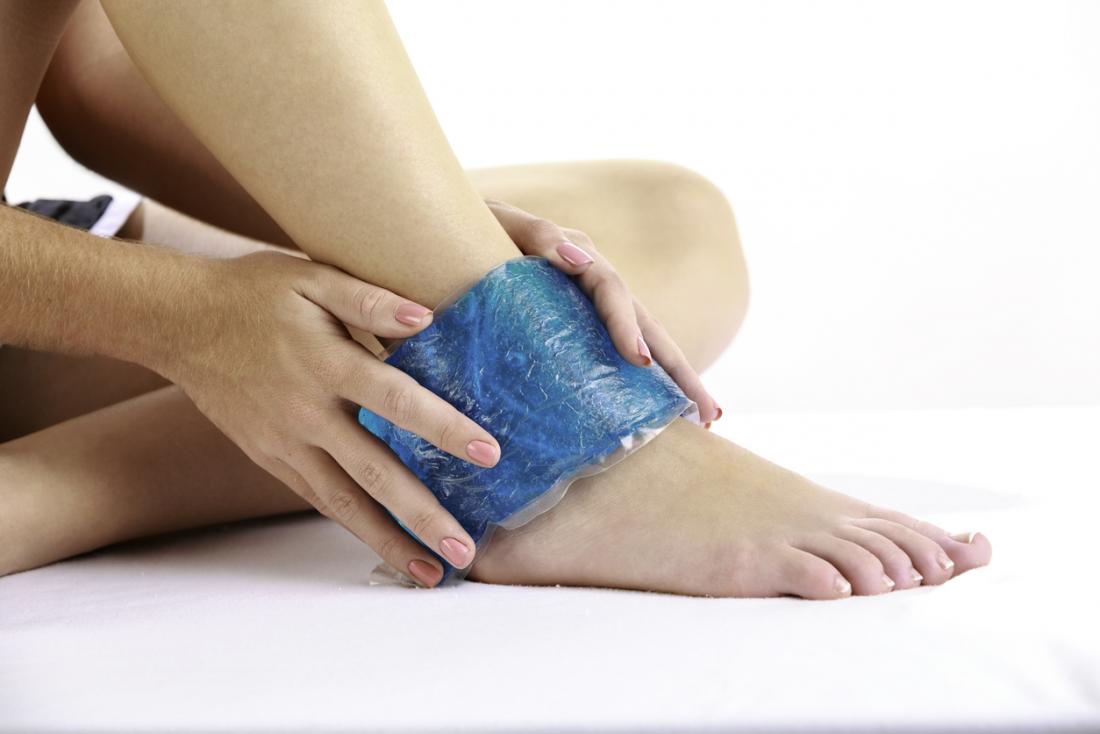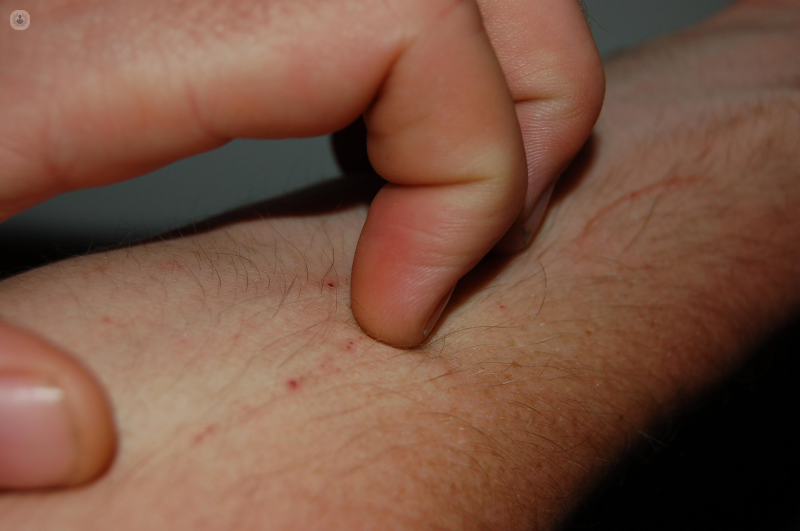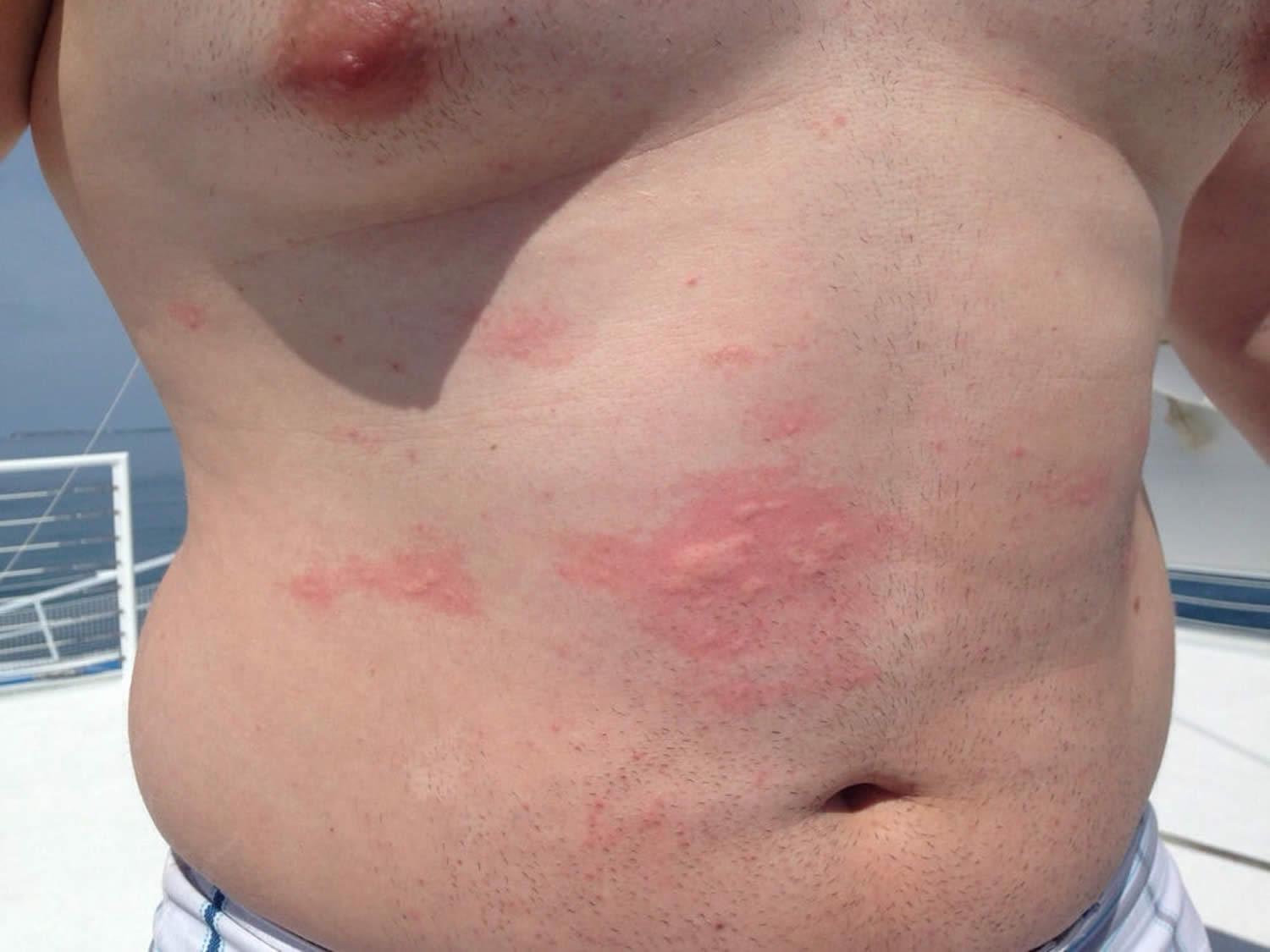Have you ever been stung by a jellyfish while swimming or diving in the ocean? If so, you know how painful and annoying it can be.
Jellyfish stings can cause redness, swelling, and intense burning or stinging sensations that can last for hours or even days. In severe cases, they can also cause nausea, vomiting, difficulty breathing, and even death.
But fear not! There are several effective treatments and prevention methods you can use to get rid of a jellyfish sting and minimize its effects.
In this article, we will cover the best ways to treat and prevent jellyfish stings, based on expert advice and scientific evidence.
What Causes Jellyfish Stings?
Jellyfish stings occur when the tentacles of a jellyfish come into contact with your skin. The tentacles contain tiny, stinging cells called nematocysts, which contain tiny harpoons that can be released when triggered by touch or heat.
When the nematocysts are activated, they release toxins into your skin, causing the characteristic stinging sensations and other symptoms.
Different species of jellyfish have varying levels of venom, and some are more toxic than others. The severity of a jellyfish sting depends on the type of jellyfish, the location of the sting, and the sensitivity of the person being stung.
How to Treat a Jellyfish Sting
If you have been stung by a jellyfish, the first thing you should do is remove any tentacles that are stuck to your skin.
This is important because the tentacles can continue to release toxins and cause more stinging sensations even after the jellyfish has died. Use tweezers or a similar tool to gently remove the tentacles, taking care not to squeeze or crush them and release more venom.
Once the tentacles have been removed, you can proceed with the following treatments to help alleviate the pain and other symptoms of the sting:
1. Rinse the affected area with vinegar.
Vinegar is an effective treatment for jellyfish stings because it helps to neutralize the toxins in the nematocysts and prevent them from releasing more venom.
To use vinegar, simply rinse the affected area with a solution of equal parts vinegar and water for at least 30 seconds. You can also soak a cloth or bandage in vinegar and apply it to the affected area.
2. Apply a baking soda paste.
Baking soda is another effective treatment for jellyfish stings because it helps to neutralize toxins and reduce stinging sensations.
To use baking soda, mix a small amount of water with a teaspoon of baking soda to form a paste. Apply the paste to the affected area and let it sit for a few minutes before rinsing it off.
3. Use a hydrocortisone cream or calamine lotion.
Hydrocortisone cream and calamine lotion are over-the-counter medications that can help to reduce redness, swelling, and itching caused by jellyfish stings.
Simply apply a small amount of the cream or lotion to the affected area according to the instructions on the package.
4. Take an over-the-counter pain reliever
Over-the-counter pain relievers such as acetaminophen or ibuprofen can help to alleviate the pain and discomfort caused by jellyfish stings. Follow the instructions on the package for the recommended dosage.
5. Use hot water to relieve pain.
Applying hot water to the affected area can help to alleviate the pain and discomfort caused by jellyfish stings.
To use hot water, fill a bucket or tub with water that is as hot as you can tolerate and immerse the affected area for at least 20 minutes. You can also use a hot water bottle or heating pad to apply heat to the affected area. Just be careful not to burn yourself!
6. Use cold packs or ice to reduce swelling.
Applying cold packs or ice to the affected area can help to reduce swelling and numb the affected area.
To use cold packs or ice, wrap them in a towel and apply them to the affected area for 15-20 minutes at a time. Repeat this process several times a day as needed.
7. Avoid scratching the affected area
It can be tempting to scratch the affected area to relieve the itching, but this can actually make the symptoms worse and increase the risk of infection.
Instead, try to resist the urge to scratch and use over-the-counter anti-itch creams or calamine lotion to help alleviate the itching.
Preventing Jellyfish Stings
While there is no surefire way to completely prevent jellyfish stings, there are several things you can do to reduce your risk:
1. Wear protective clothing.
Wearing a wetsuit or other protective clothing can help to reduce your risk of jellyfish stings. Look for clothing that covers as much of your skin as possible, especially if you are diving or snorkeling in areas where jellyfish are known to be present.
2. Use a jellyfish-repellent sunscreen.
There are several sunscreens on the market that contain ingredients that can help to repel jellyfish. These sunscreens work by creating a barrier on your skin that makes it less attractive to jellyfish and other marine creatures.
3. Avoid areas with high concentrations of jellyfish.
If you are swimming or diving in an area where jellyfish are known to be present, try to avoid areas with high concentrations of jellyfish.
Look for areas with clear water and few visible jellyfish, and stay away from areas where you see large clusters of jellyfish.
4. Stay away from tentacles.
If you see a jellyfish floating in the water, do your best to stay away from its tentacles. Even if the jellyfish is dead, its tentacles can still contain toxins and cause stinging sensations if they come into contact with your skin.
Conclusion
Jellyfish stings can be painful and annoying, but they can be treated and prevented with the right knowledge and techniques.
By following the tips and tricks outlined in this article, you can reduce your risk of getting stung and minimize the effects of a sting if it does occur. So the next time you find yourself in the ocean, be prepared and stay safe!

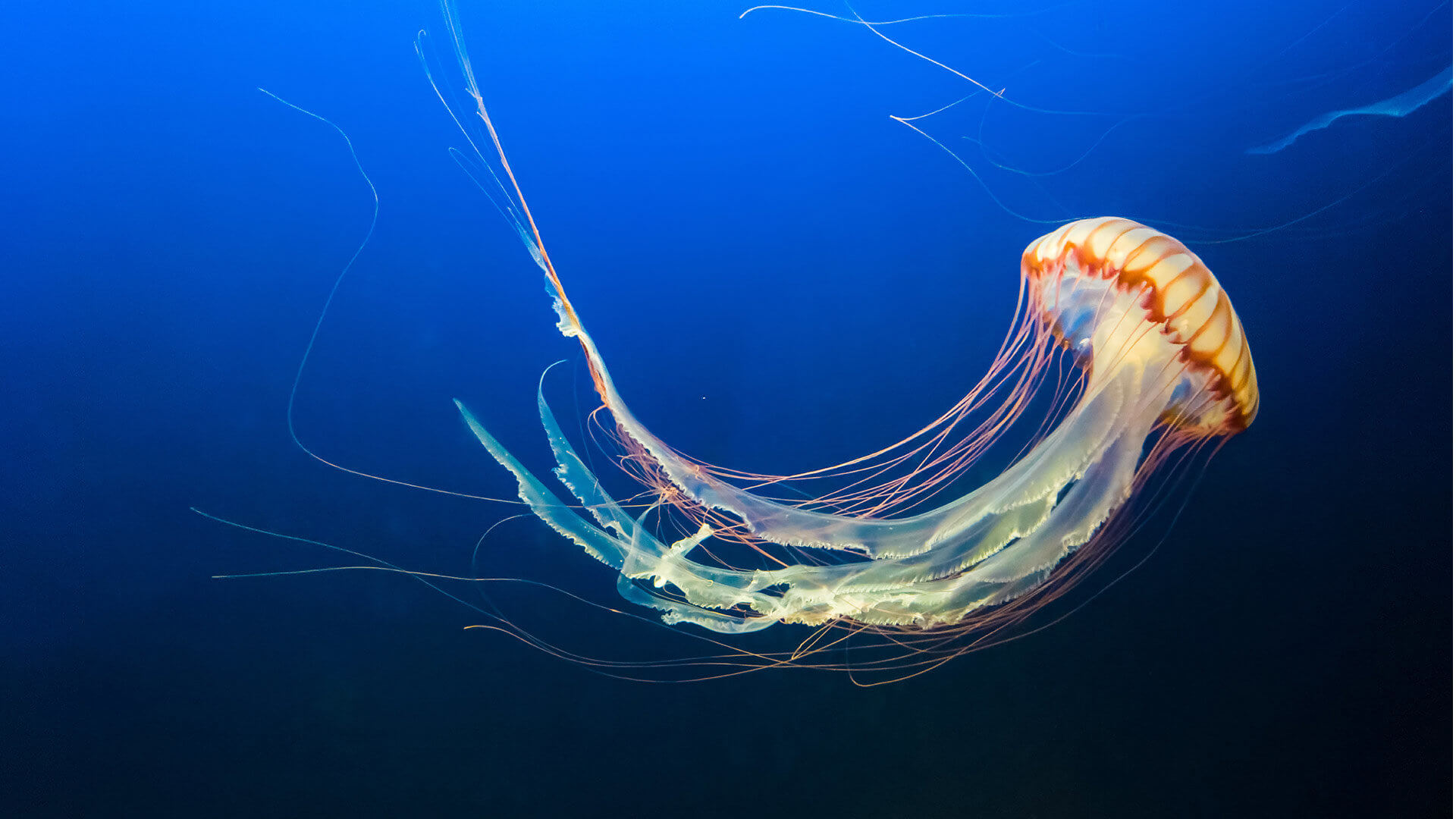
:max_bytes(150000):strip_icc()/jellyfish-sting-518175022-0437f834347d4fbbaf000d7c766ffbec.jpg)
